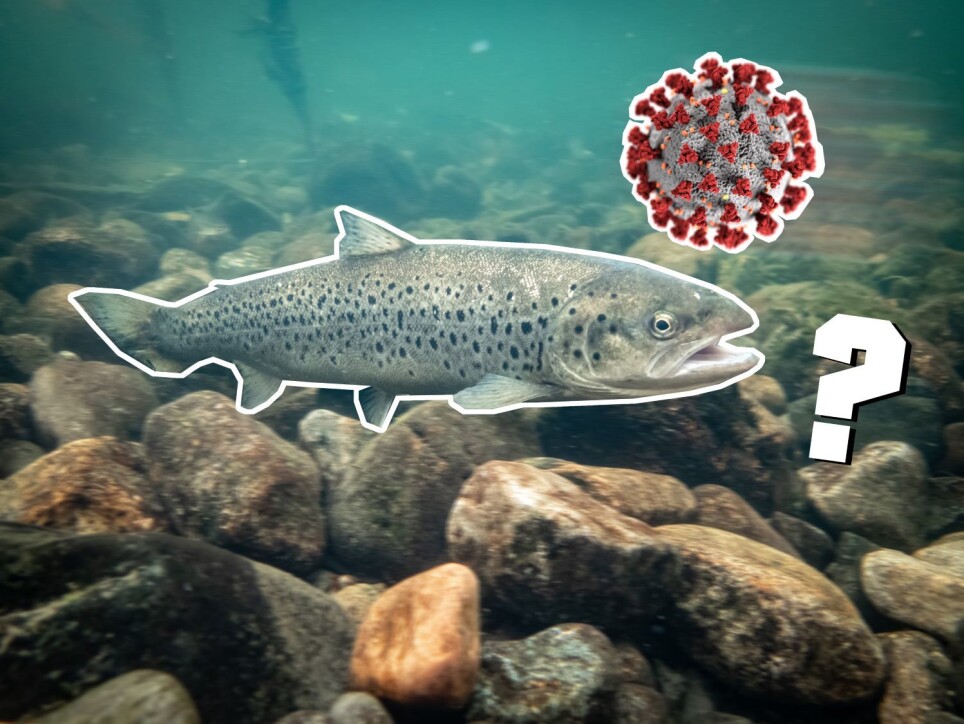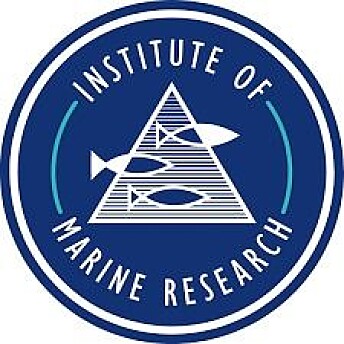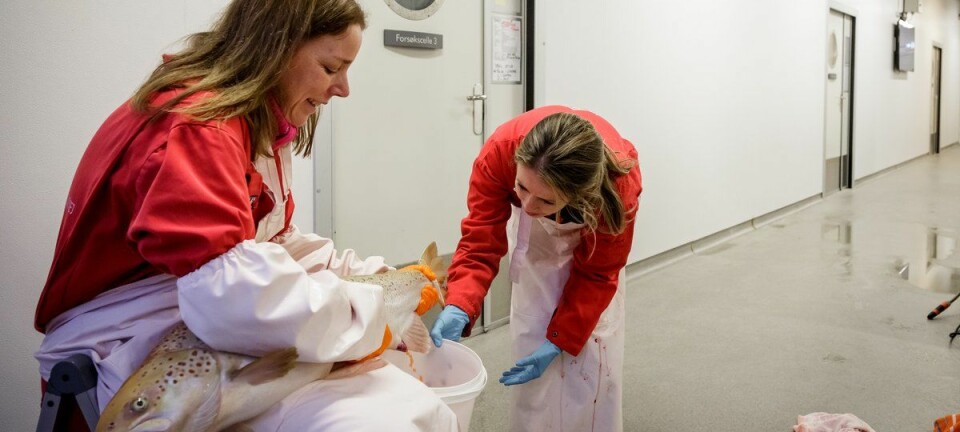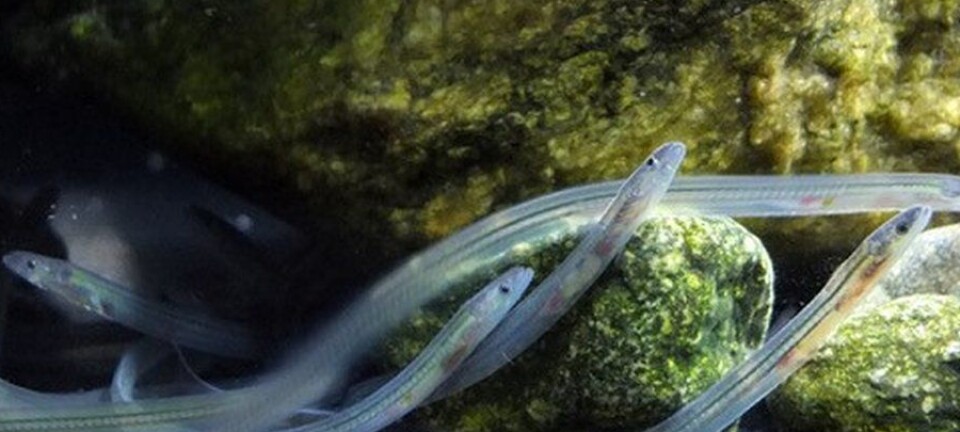This article is produced and financed by the Institute of Marine Research - read more

Why are fish "immune" to coronaviruses?
There are at least two reasons why fish cannot be the source of the virus.
Well, not immune by definition...
Viruses are picky about which species they infect. But sometimes they do jump from animals to humans. And in rare cases, the virus mutates to a form that can transmit between people.
If the animal market in Wuhan actually was the epicentre of the new coronavirus, this is what could have happened.
“The virus might have transmitted from a bat to a pangolin, then passed on to another mammal and finally on to one or more humans. At that point, a mutation must have occurred with historical consequences,” explains virologist Mette Myrmel at the Institute of Marine Research.
Several mutations
When viruses reproduce in humans, changes – or mutations – occur. Often the mutations are disadvantageous for the viruses, but not always.
“The coronavirus responsible for the current epidemic is a mutant that can be transmitted between humans effectively. When that happens, the domino effect starts,” says Myrmel.
The new “British” mutant appears to be an even more transmissible variant of the original mutation.
Virtually impossible that fish were the culprits
So how do scientists know that the new coronavirus didn’t come from fish at the Chinese animal market?
“Firstly, fish live in a completely different environment and have a body temperature that coronaviruses aren’t adapted to,” explains Myrmel.
The virus particles would also be destroyed quickly in the water, degraded by both sunlight and natural chemical substances.”
Fish cells have a different lock and key
"Secondly, all viruses need for the cells to have specific receptors on their exterior. They are only compatible with certain receptors to be allowed into the cell to start their reproduction. Like a lock and key," she says.
Many mammals share the same “lock” that coronaviruses can open. That is why they have been able to cross species boundaries – both the original SARS virus and the new coronavirus, which is really called SARS CoV-2 (see fact box). Fish cells have different locks.
“Theoretically, it isn’t completely impossible that a fish could catch a coronavirus at some point in all foreseable future. But in practice, it probably is,” says Myrmel.
Since viruses contain genetic material, it is possible to read their genetic code. That gives us their “autobiography.” In this case, that the virus might have been transmitted from a bat, via a pangolin and probably another mammal, to humans.
Coronavirus on fish chopping board probably came from a human
Last year, the Chinese government stopped imports of Norwegian salmon after finding virus particles on a chopping board in Beijing.
“It can’t have been the fish fillet itself, but a surface contamination. Someone handling the salmon might have coughed on it or the chopping board, or had virus particles on their hands,” says Myrmel.

Doesn’t spread through food
Ordinary tests don’t differentiate between whether virus particles in the environment are active (infectuous) or degraded. But if you were to eat food contaminated with active virus particles, there is little reason to be concerned, according to the virologist.
“That isn’t how the virus spreads. First it would have to survive being in the food. Then it would pass into the digestive system, where the low pH would destroy it.”
According to the Norwegian Food Safety Authority, there are no known instances of infection via food or drinking water.
“Some people infected with the virus have developed gastroenteritis. That is because they have produced large quantities of virus particles in their airways, which they have then swallowed along with mucus. This mucus protects the virus particles and enables many of them to get past the stomach without being destroyed,” Myrmel concludes.


































